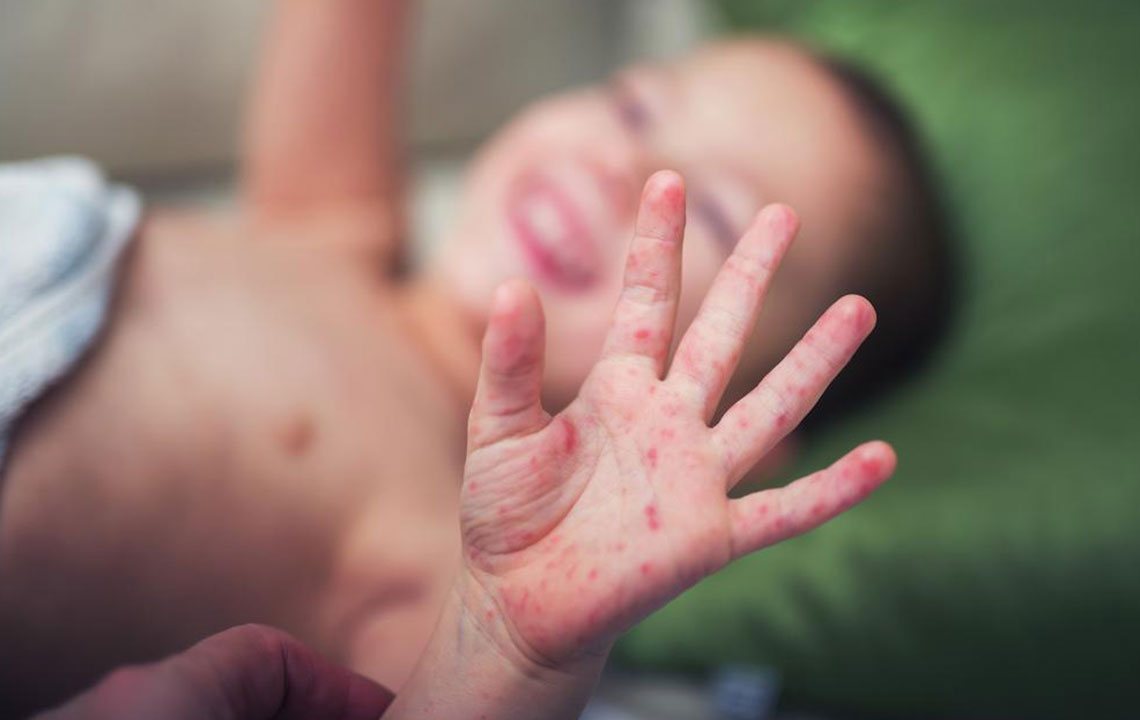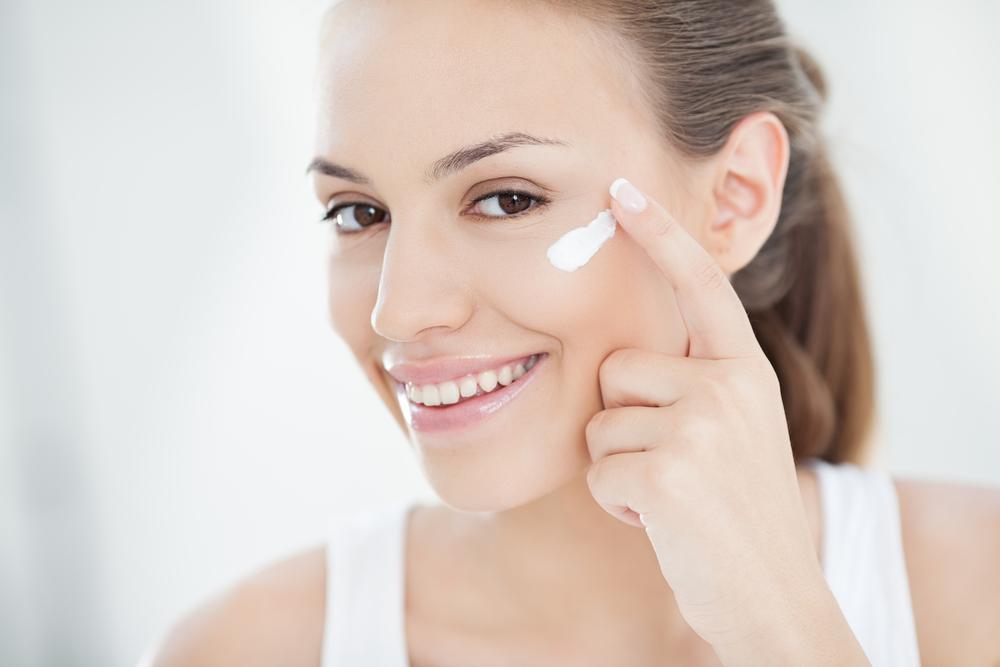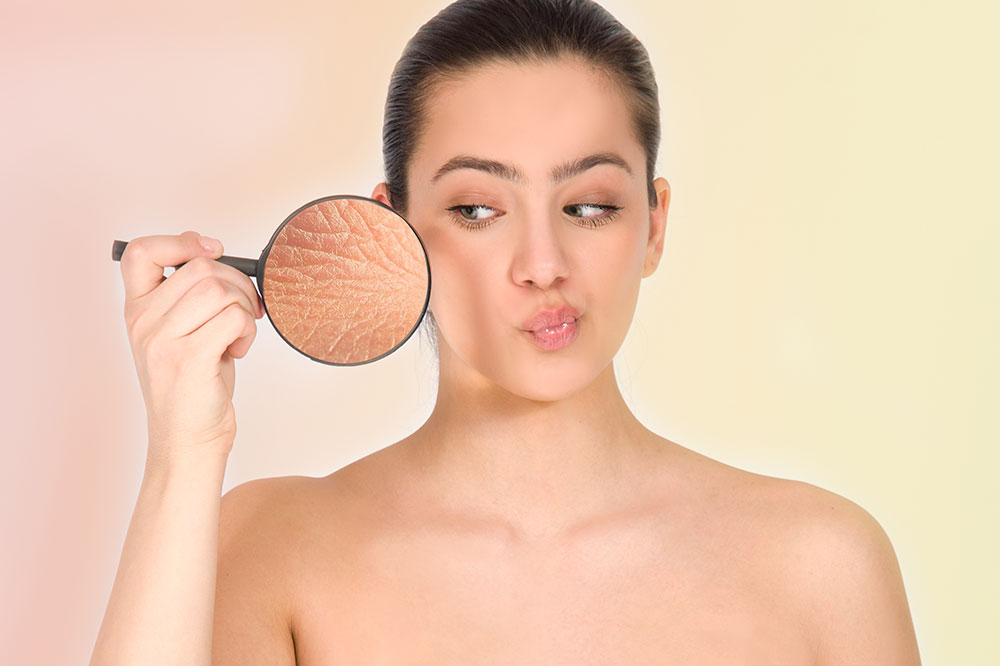Childhood Eczema: Proven Methods for Relief and Management
This article provides comprehensive insights into childhood eczema, including causes, symptoms, management strategies, and preventive tips. It emphasizes natural remedies, proper skincare, and medical guidance to help children find relief and maintain healthy skin. Suitable for parents seeking effective solutions, the article highlights the importance of proactive care and environmental adjustments to reduce flare-ups and discomfort in young children.

Childhood Eczema: Proven Methods for Relief and Management
Atopic dermatitis, commonly known as eczema, is a prevalent skin disorder causing itching and dryness, especially in young children. It often has genetic links to allergies like hay fever and asthma.
In children, eczema frequently appears on the face, neck, elbows, and behind the knees. Flare-ups may result in inflamed, oozing, or bleeding skin, indicating a compromised skin barrier.
This impaired barrier increases susceptibility to infections and allergens, potentially leading to further skin complications. Eczema symptoms can interfere with sleep and cause discomfort for young children.
Causes and Risk Factors of Childhood Eczema
The exact cause of childhood eczema remains uncertain, but triggers include harsh chemicals in soaps, shampoos, and lotions. Genetics also play a significant part, especially if there's a family history of allergies or skin conditions. Flare-ups can cause redness, irritation, and infections. Using gentle, natural skincare products can help calm irritated skin and reduce outbreaks. Eczema may also disturb a child's sleep and overall comfort.
Effective Management Strategies for Eczema in Children
Applying emollient lotions regularly is vital, with mild steroid creams prescribed by healthcare providers for short-term relief. For minor cases, frequent moisturizing and avoiding irritants may suffice. Severe symptoms, such as bleeding or signs of infection, require medical attention. Avoid using creams with harsh chemicals or fragrances. Under medical supervision, steroid creams like hydrocortisone can be safely used, but overuse should be avoided to prevent skin thinning.
Bathing in lukewarm water and applying moisturizing creams afterward can greatly improve skin hydration. Covering affected areas with damp dressings soaked in emollients, then dry bandages, can promote healing. Maintaining a cool, humid environment helps prevent flare-ups, while avoiding dry air is essential.
Preventive Measures for Childhood Eczema
Breastfeeding for 4 to 6 months can strengthen your child's immune system.
Reduce or avoid cow's milk in your child's diet if advised by a healthcare professional.
Work with your pediatrician to identify andavoid environmental and dietary triggers.
Include probiotic-rich foods like yogurt to support skin health.
Dress your child in lightweight, breathable cotton fabric and keep bedding clean and cool.
Keep your child's nails trimmed to prevent scratching and skin injuries.
Proactive care, including proper skincare, dietary management, and prescribed medications, can help maintain healthy skin, especially if eczema runs in the family. Creating a hygienic and comfortable environment is key for effective relief and ongoing management.
Important Notice:
This overview offers general information based on current research. Always seek advice from a healthcare professional for personalized diagnosis and treatment. The information provided is for educational purposes and may not cover all individual cases. Consult a doctor for persistent or severe symptoms.


